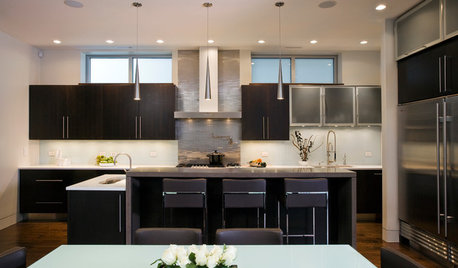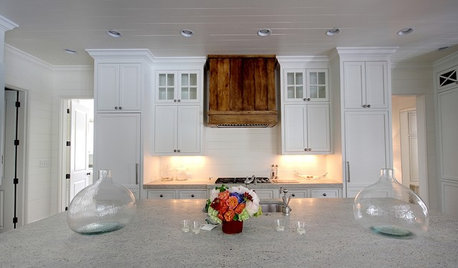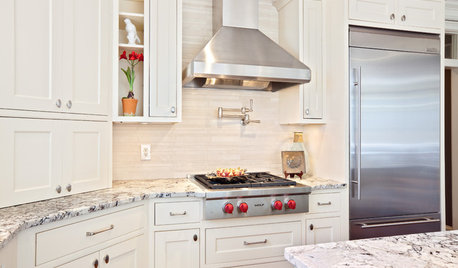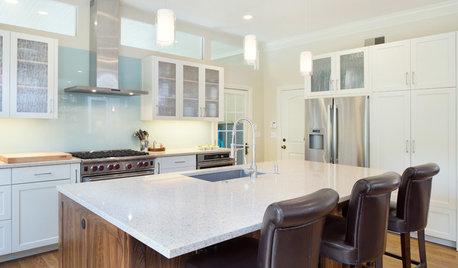Best roof cap for kitchen range hood vent?
Stacey Collins
15 years ago
Featured Answer
Comments (7)
antss
15 years agoRelated Professionals
Barrington Hills Kitchen & Bathroom Designers · Cuyahoga Falls Kitchen & Bathroom Designers · Martinsburg Kitchen & Bathroom Designers · Ocala Kitchen & Bathroom Designers · Soledad Kitchen & Bathroom Designers · Yorba Linda Kitchen & Bathroom Designers · South Barrington Kitchen & Bathroom Designers · North Arlington Kitchen & Bathroom Remodelers · Port Angeles Kitchen & Bathroom Remodelers · Beaumont Cabinets & Cabinetry · Ham Lake Cabinets & Cabinetry · Lakeside Cabinets & Cabinetry · Los Altos Cabinets & Cabinetry · Norfolk Cabinets & Cabinetry · Tinton Falls Cabinets & CabinetryStacey Collins
15 years agokaseki
15 years agoantss
15 years agoStacey Collins
15 years agomojua
15 years ago
Related Stories

SHOP HOUZZShop Houzz: Bestselling Range Hoods and Vents
Shop our most popular range hoods and vents to modernize your kitchen
Full Story0

KITCHEN APPLIANCESWhat to Consider When Adding a Range Hood
Get to know the types, styles and why you may want to skip a hood altogether
Full Story
KITCHEN DESIGNWood Range Hoods Naturally Fit Kitchen Style
Bring warmth and beauty into the heart of your home with a range hood crafted from nature's bounty
Full Story
5 Stunning Modern Range Hoods
Today's kitchen range hoods can look like sleek sculptures. Here's what to look for when you go shopping for one
Full Story
KITCHEN DESIGNWhat to Know When Choosing a Range Hood
Find out the types of kitchen range hoods available and the options for customized units
Full Story
KITCHEN DESIGNHome Above the Range: Smart Uses for Cooktop Space
With pot fillers, shelves, racks and more, you can get the most function out of the space above your kitchen range
Full Story
KITCHEN APPLIANCESThe Many Ways to Get Creative With Kitchen Hoods
Distinctive hood designs — in reclaimed barn wood, zinc, copper and more — are transforming the look of kitchens
Full Story
KITCHEN DESIGNHow to Choose the Right Hood Fan for Your Kitchen
Keep your kitchen clean and your home's air fresh by understanding all the options for ventilating via a hood fan
Full Story
KITCHEN DESIGNModern Storage and Sunshine Scare Away the Monster in a Kansas Kitchen
New windows and all-white cabinetry lighten a kitchen that was once dominated by an oversize range hood and inefficient cabinets
Full Story
KITCHEN DESIGN8 Industrial-Luxe Kitchen Hood Styles
Make a Statement with Show-Stopping Metal Range Hoods
Full StorySponsored
Your Custom Bath Designers & Remodelers in Columbus I 10X Best Houzz
More Discussions







john_com